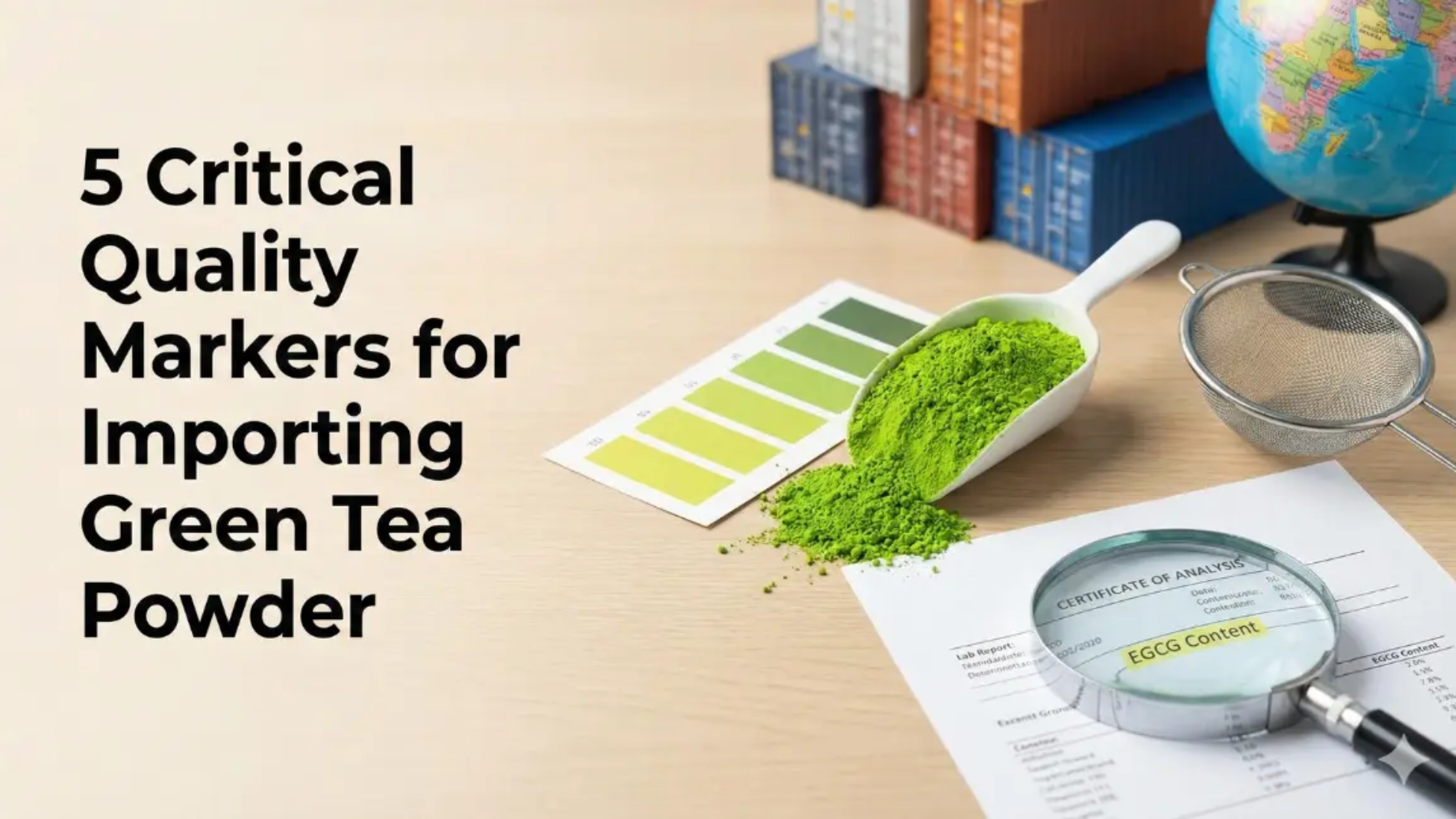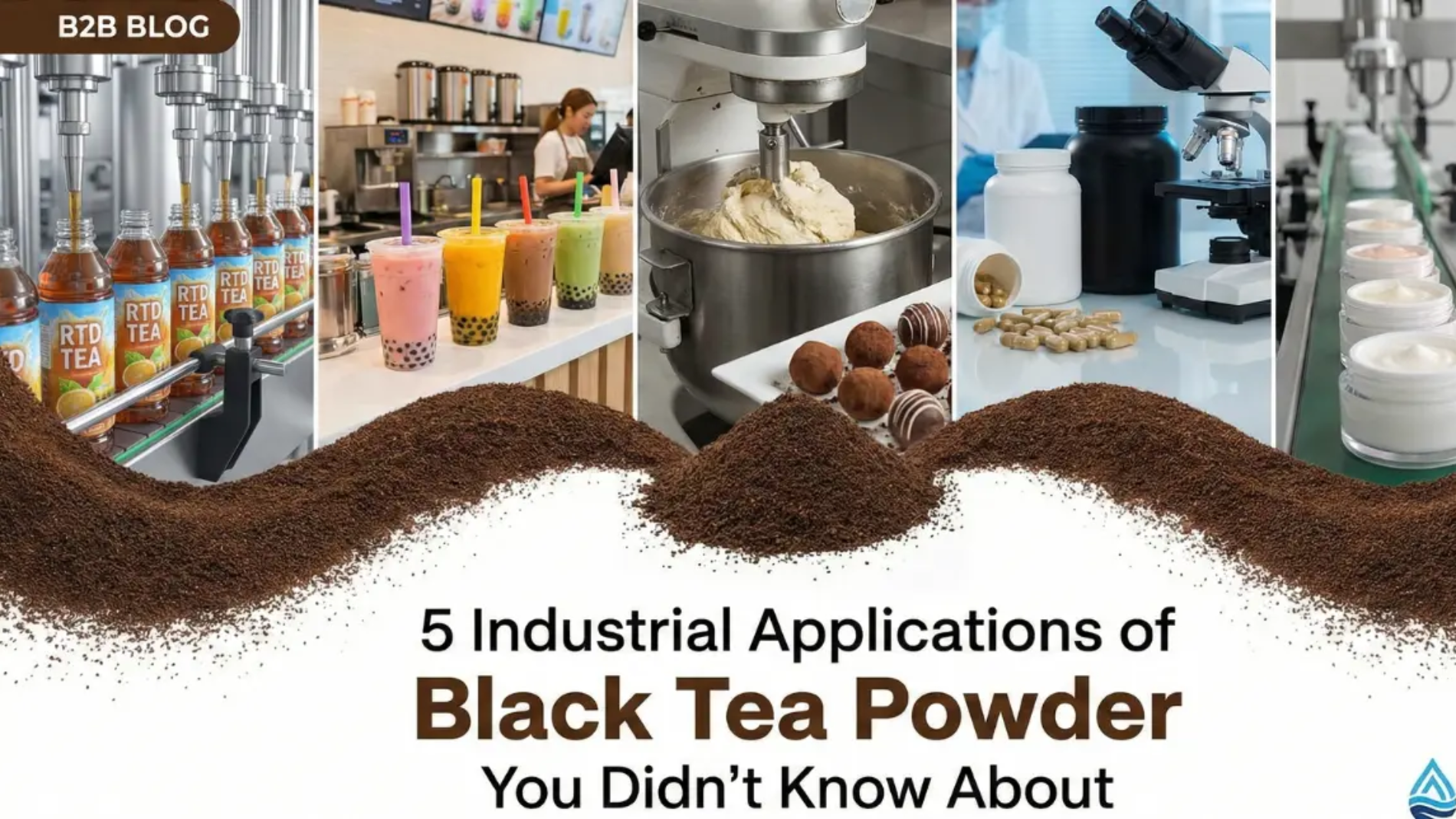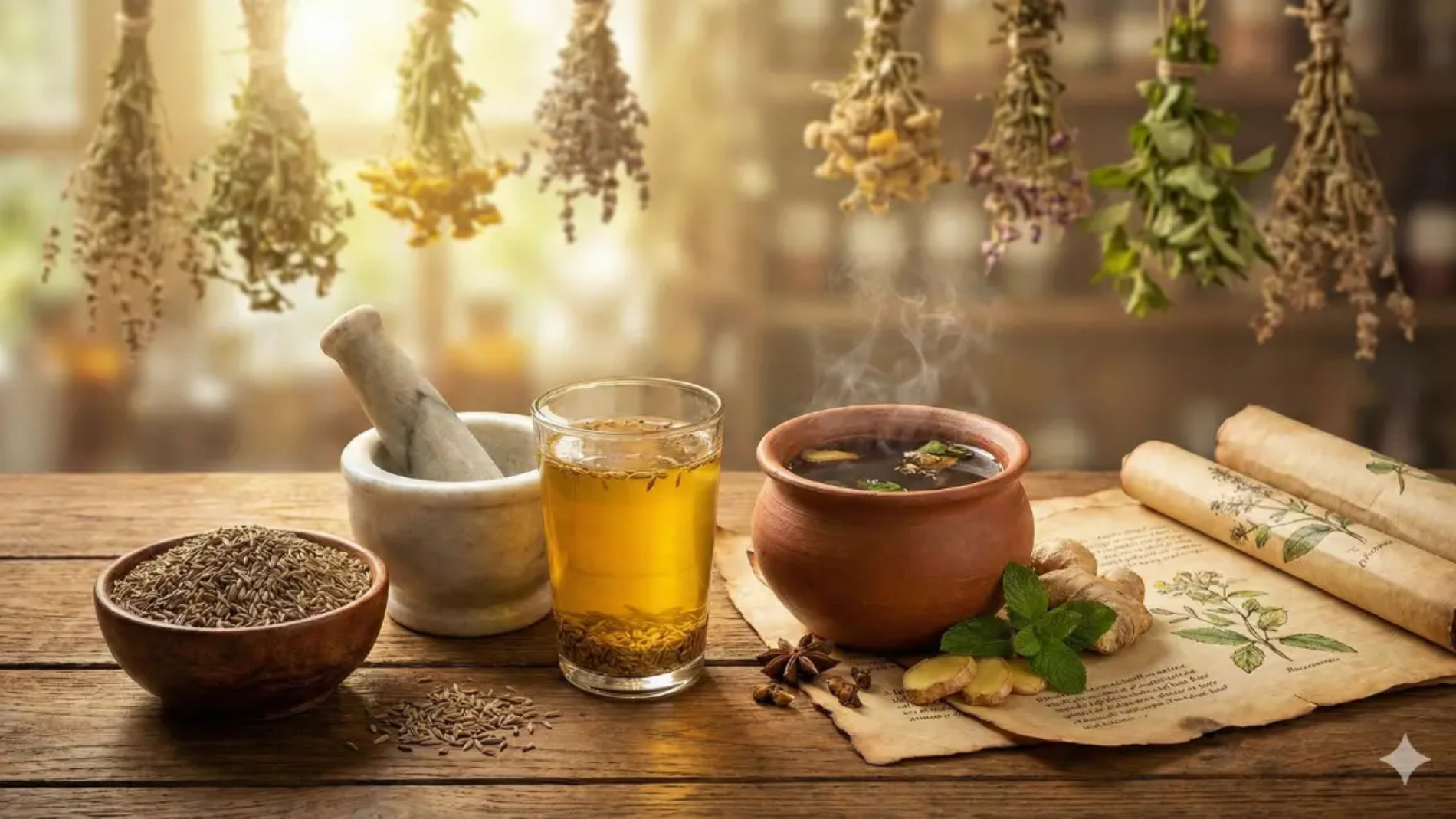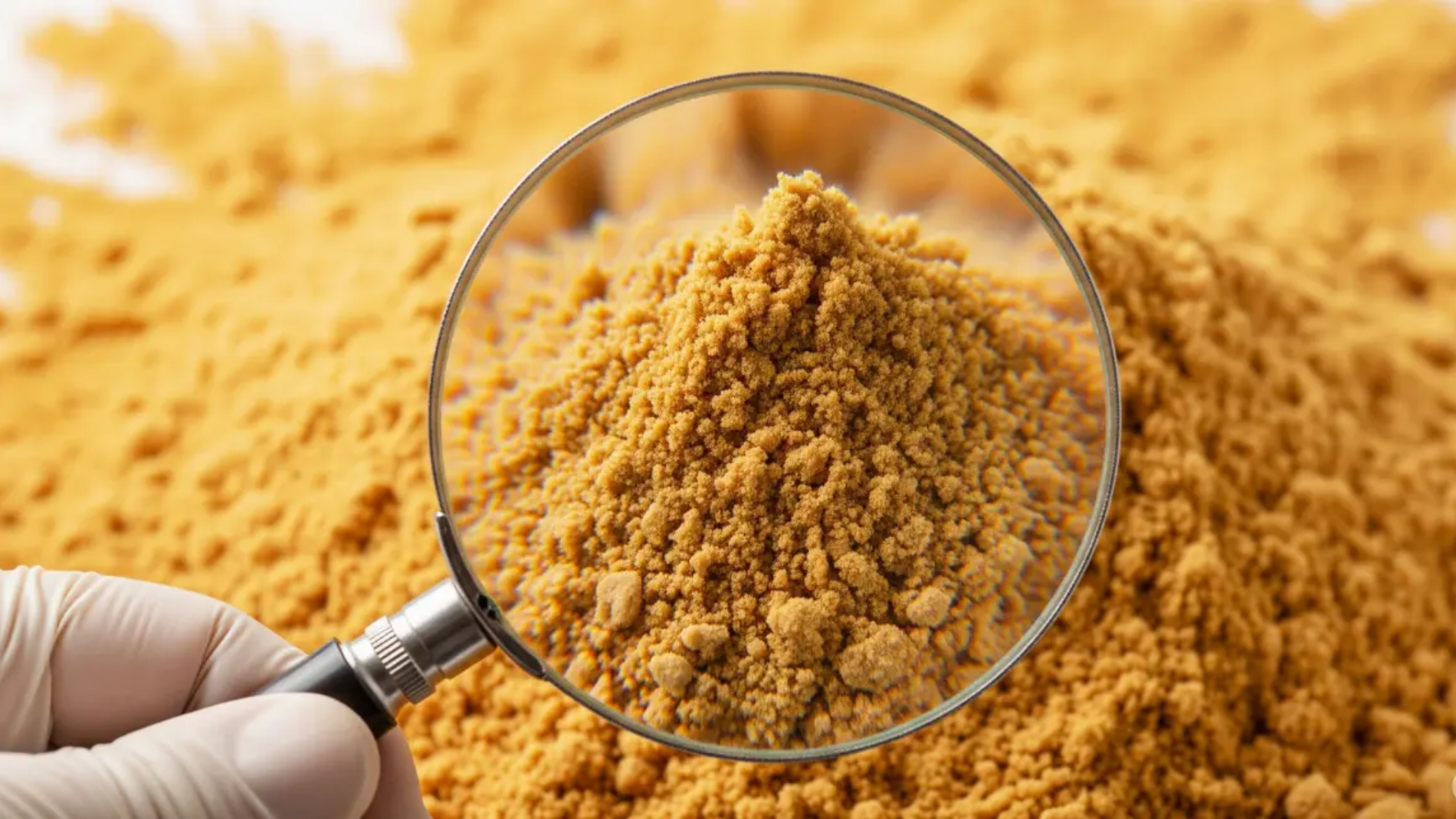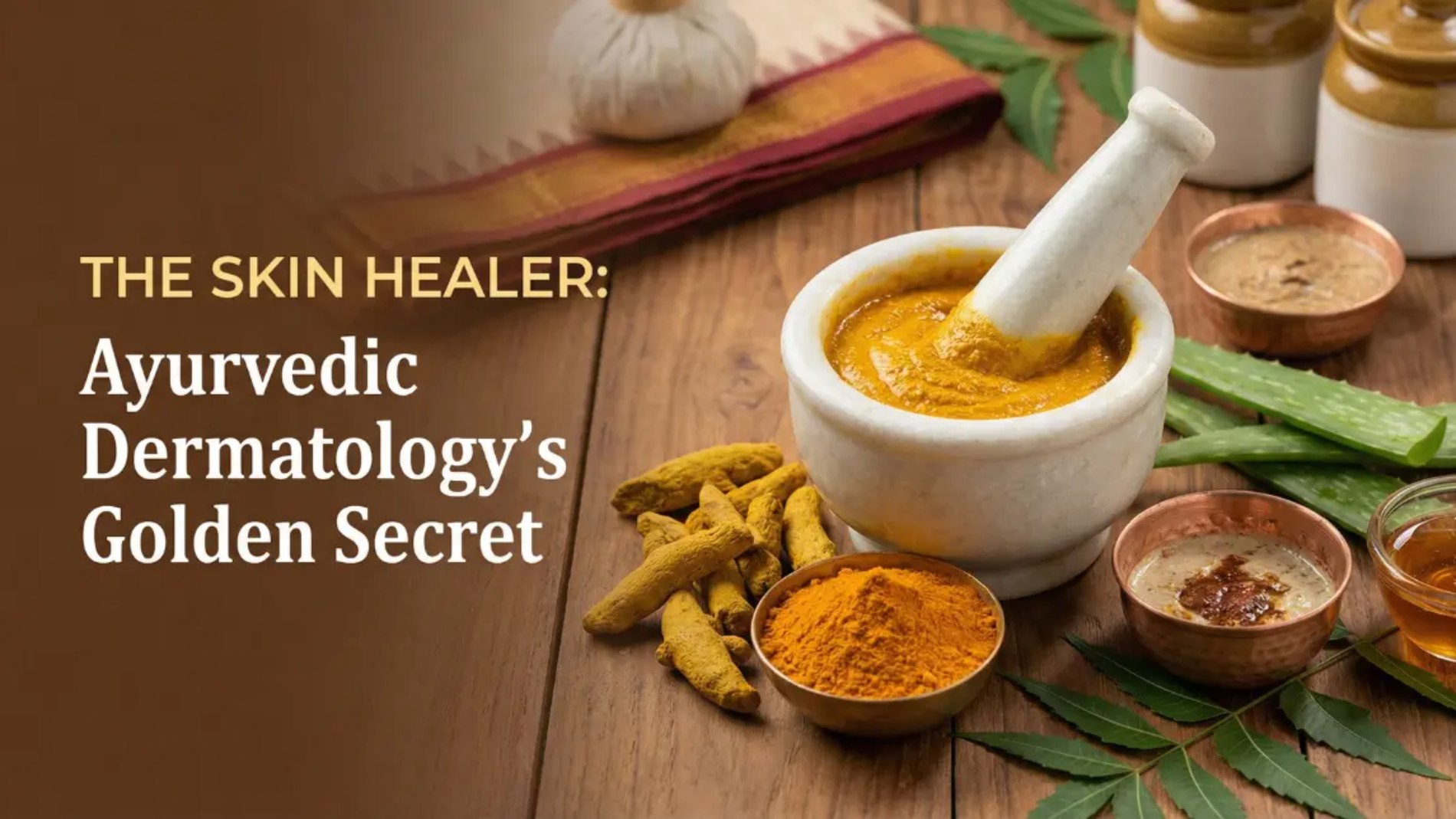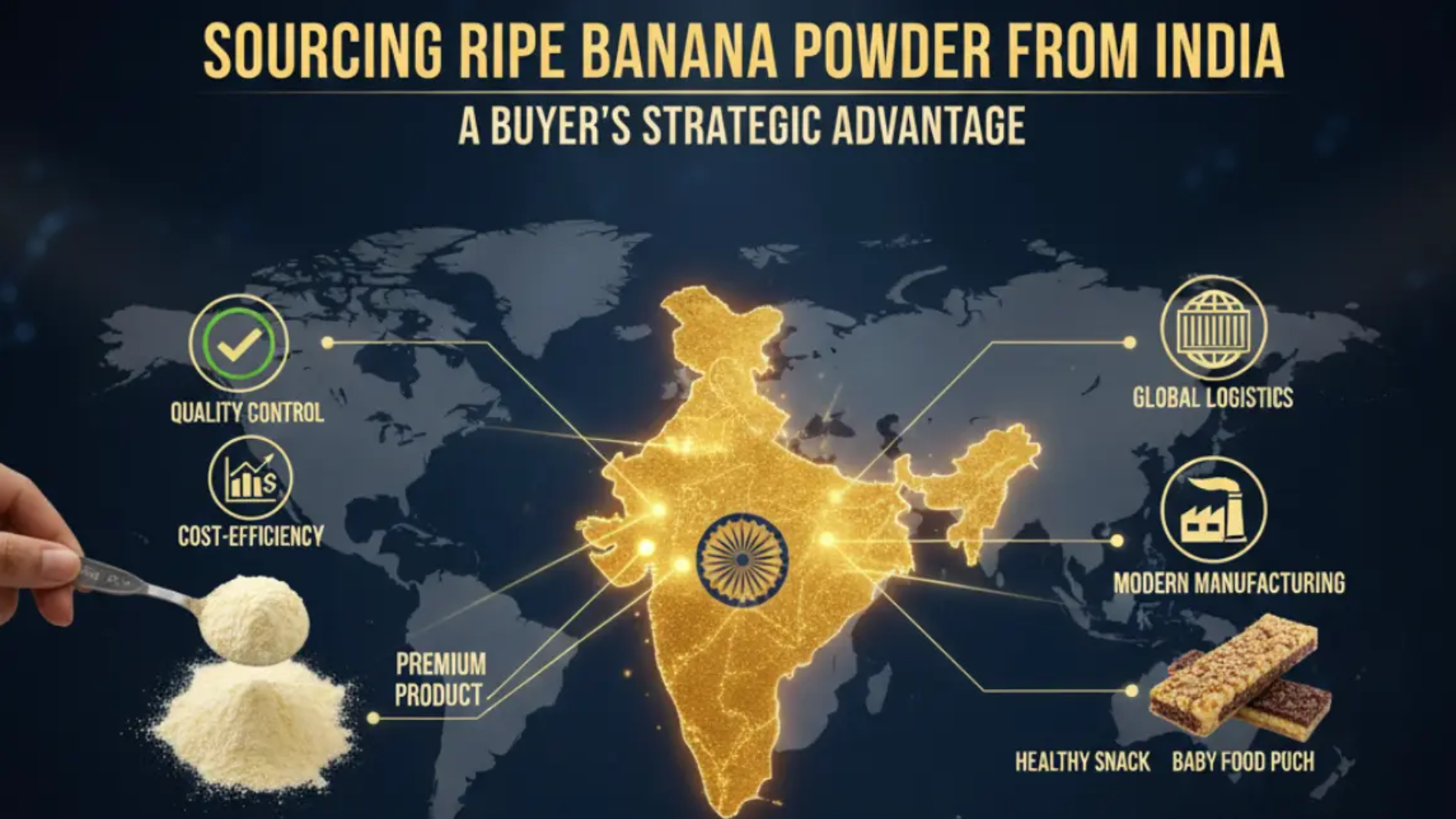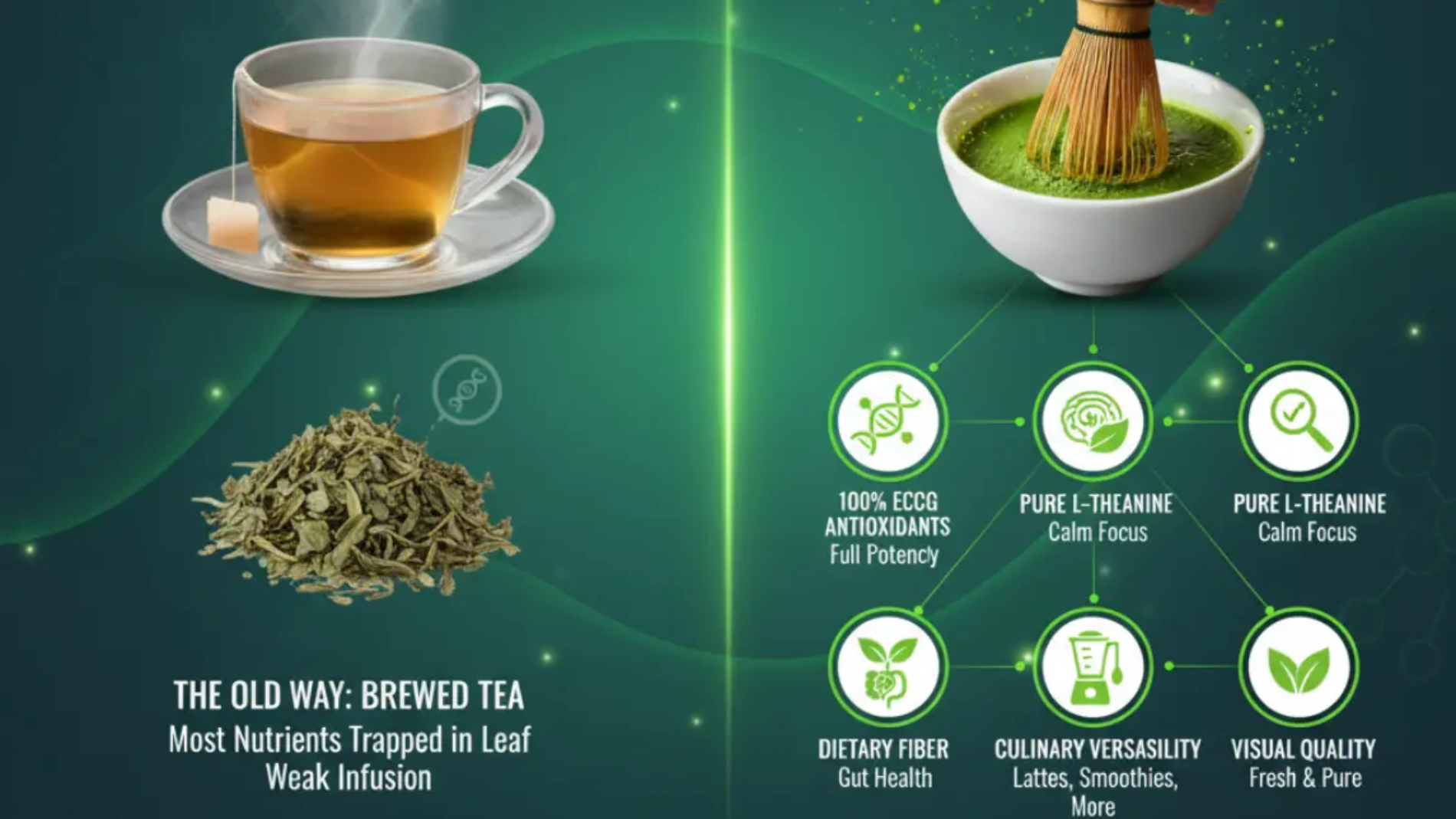The global demand for functional beverages and superfoods has skyrocketed, placing green tea powder at the center of the health and wellness revolution. From ready-to-drink (RTD) iced teas and smoothies to baked goods and skincare, this versatile ingredient is reshaping product lines worldwide. However, for importers and food manufacturers, sourcing bulk green tea powder presents a unique challenge: variability.
Not all green tea powders are created equal. The difference between a premium, vibrant powder and a low-grade, oxidized product can make or break your final product’s reputation. Whether you are a start-up café chain or a large-scale supplement manufacturer, understanding the technical specifications of your raw material is non-negotiable.
As a leading supplier, we understand the intricacies of the supply chain. Here are the 5 critical quality markers you must evaluate when importing green tea powder to ensure you receive a product that meets international standards.
1. Visual vibrancy: The Color Test
The first and most immediate indicator of quality is color. Premium green tea powder should possess a vibrant, electric green hue. This brightness indicates that the tea leaves were harvested at the right time (usually early flush) and processed carefully to preserve their chlorophyll content.
If the powder appears dull, yellowish, or brownish-olive, it is a red flag. Discoloration typically suggests:
Oxidation: The leaves were exposed to oxygen for too long during processing.
Old Harvest: The product has exceeded its prime shelf life.
Improper Storage: Exposure to light or heat has degraded the quality.
For applications like green tea lattes or confectioneries where visual appeal is paramount, sourcing a powder with high chlorophyll retention is essential.
Spice Up Your Business with Authentic Indian Flavors
Import and Export Excellence from India!

2. Particle Size and Texture (Mesh Size)
When importing green tea powder, the “Mesh Size” is a technical specification that dictates solubility and mouthfeel. The mesh size refers to the fineness of the grind.
Fine Grind (High Mesh): A powder that feels like talc or cornstarch between your fingers. This is ideal for beverages, dairy products, and cosmetics as it suspends well in liquids and provides a smooth texture without grittiness.
Coarse Grind (Low Mesh): A grittier texture. This is often cheaper and acceptable for nutraceutical extraction or large-scale industrial baking where texture is less critical.
Always request the specific mesh size from your supplier to ensure it aligns with your manufacturing equipment and end-product requirements.
3. Aroma and Flavor Profile
While lab tests are crucial, sensory evaluation remains a vital part of the import process. High-quality green tea powder should emit a fresh, grassy, and vegetal aroma the moment the package is opened. It should smell like fresh leaves.
On the palate, the flavor should be robust and vegetal with a hint of natural sweetness (umami). While some astringency is natural in green tea due to tannins, it should not be overwhelmingly bitter or harsh. A flat, hay-like, or stale smell indicates that the volatile oils—responsible for flavor and aroma—have evaporated.
4. Chemical Composition: EGCG and Moisture Content
For B2B buyers in the nutraceutical and health food sectors, the chemical breakdown is the most critical marker. You aren’t just buying flavor; you are buying functional benefits.
EGCG Content: Epigallocatechin Gallate (EGCG) is the potent antioxidant responsible for most of green tea’s health claims. A high-quality export-grade powder should have a verified high percentage of polyphenols and catechins.
Moisture Content: This is the silent killer of bulk tea shipments. Green tea powder is highly hygroscopic (it absorbs moisture from the air). Export-quality powder must have a low moisture content (typically below 5-6%). Excess moisture leads to clumping, mold growth, and rapid degradation during shipping.
Spice Up Your Business with Authentic Indian Flavors
Import and Export Excellence from India!

5. Traceability and The Certificate of Analysis (COA)
In the modern export-import landscape, transparency is the ultimate quality marker. You should never purchase bulk green tea powder without reviewing a batch-specific Certificate of Analysis (COA).
A reliable supplier will provide documentation that covers:
Origin: Verification that the tea comes from reputable gardens (e.g., premium Indian estates).
Purity: Testing for heavy metals (Lead, Arsenic) and pesticide residues to meet strict FDA or EU regulations.
Microbiological Standards: Ensuring the powder is free from Salmonella, E. Coli, and excessive yeast or mold.
Sourcing from a partner who prioritizes traceability ensures that your brand remains safe and compliant with international food safety laws.
Importing green tea powder is an investment in your product’s future. By strictly evaluating color, texture, flavor, chemical composition, and documentation, you can secure a supply chain that delivers consistency and quality. Don’t settle for generic powders that compromise your brand.
Are you looking for a partner who meets all these critical markers? Explore our Signature Green Tea Powder and request a sample today to experience the difference in quality.
Frequently Asked Questions (FAQs)
1. What is the difference between Green Tea Powder and Matcha?
While similar, Matcha is shade-grown and traditionally Japanese, often commanding a very high price. General green tea powder (often sun-grown) offers similar antioxidant benefits and flavor profiles at a more commercially viable price point for industrial manufacturing and blends.
2. How should bulk green tea powder be stored after import?
It must be stored in a cool, dark, and dry place. We recommend using airtight, opaque packaging (aluminum foil-lined bags) to protect the powder from light, heat, and moisture, which degrade EGCG and color.
3. What is the shelf life of high-quality green tea powder?
When stored correctly in unopened export packaging, high-quality powder typically has a shelf life of 18 to 24 months. Once opened, it should be used quickly to maintain freshness.
4. Why is my green tea powder turning brown?
Browning is a sign of oxidation. This happens if the powder is exposed to air (oxygen) or light for extended periods. It indicates a loss of chlorophyll and antioxidants.
5. Can green tea powder be used in skincare products?
Yes. Due to its high antioxidant and anti-inflammatory properties, green tea powder is a popular ingredient in face masks, scrubs, and lotions. Ensure you source a fine mesh count for these applications.
6. Is green tea powder soluble in cold water?
Standard green tea powder is a suspension, meaning it doesn’t dissolve 100% like sugar but hangs in the water. However, premium fine-mesh powders mix excellently in cold water with proper agitation (shaking or whisking).
7. Does green tea powder contain caffeine?
Yes. Since you are consuming the entire leaf in powder form, the caffeine content is higher per gram compared to steeped tea bags. It provides a sustained energy boost.
8. How do I verify the pesticide levels in imported tea?
Always request a Certificate of Analysis (COA) from your supplier before shipment. This document should detail the residue levels and confirm compliance with the MRL (Maximum Residue Limits) of your importing country.
About us
We bridge the gap between local producers and global markets, ensuring seamless trade facilitation with exceptional quality and reliability. We provide quick delivery services with customized packaging with all approval of International Certificates (Spices board India, MSME, IEC, fssai, FIEO, APEDA, EU certification, FDA and Many More)
Contact us
Shop No. 3, Ganesh Prestige Sr. No. 2/15, Near Laxmi Jewellers, Dhanakawadi, Pune – 411043, Maharashtra INDIA.
Call On
+91 9545205050
+91 9822422584


